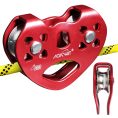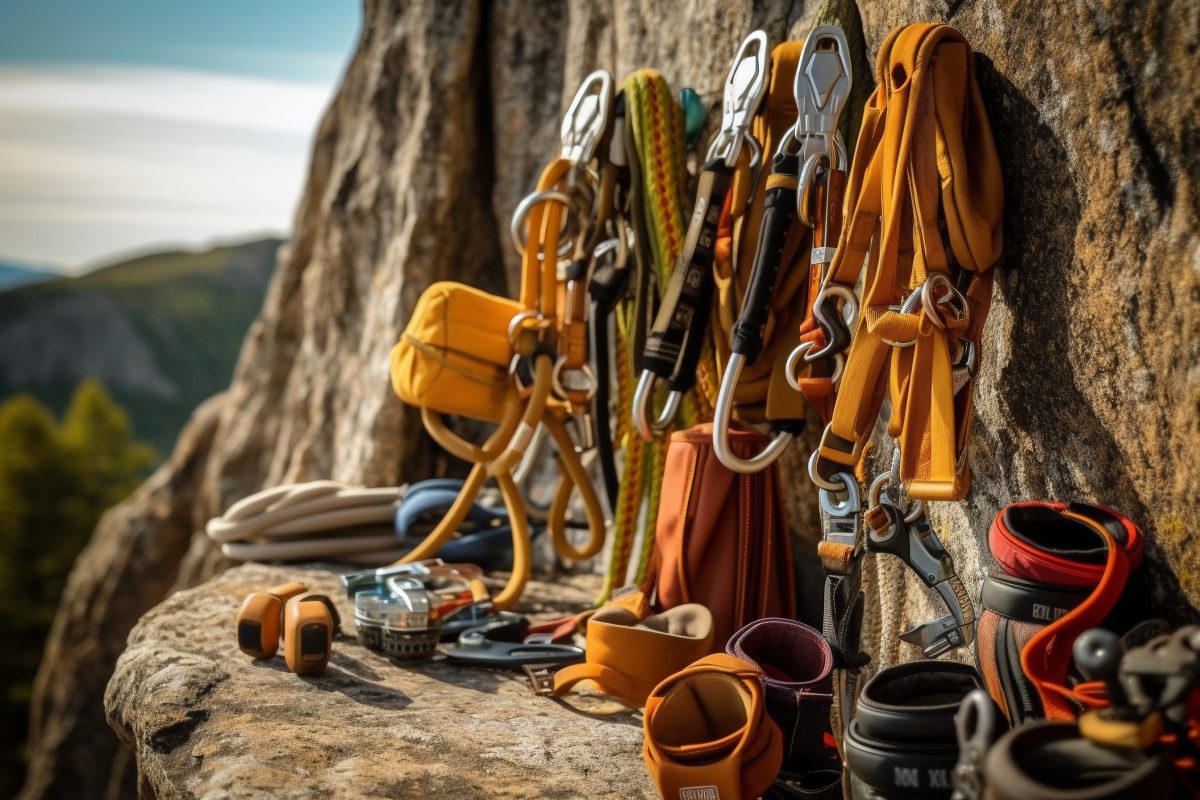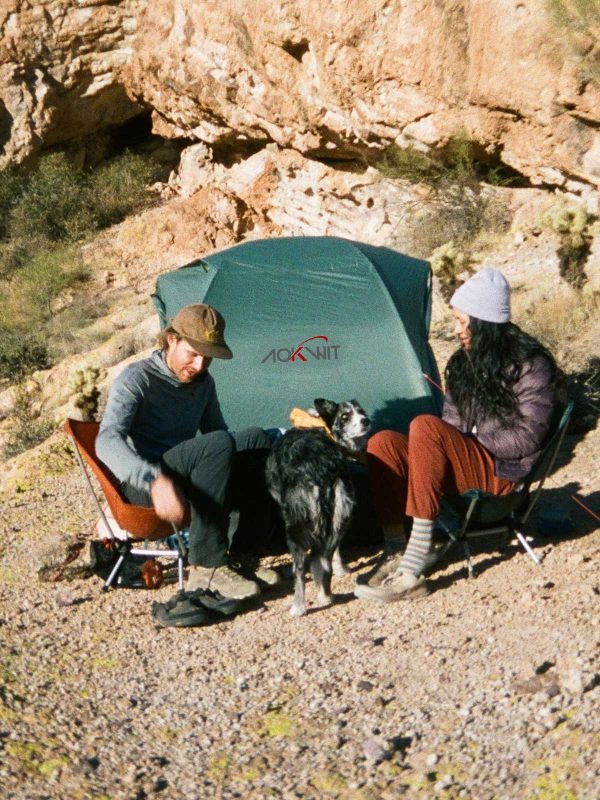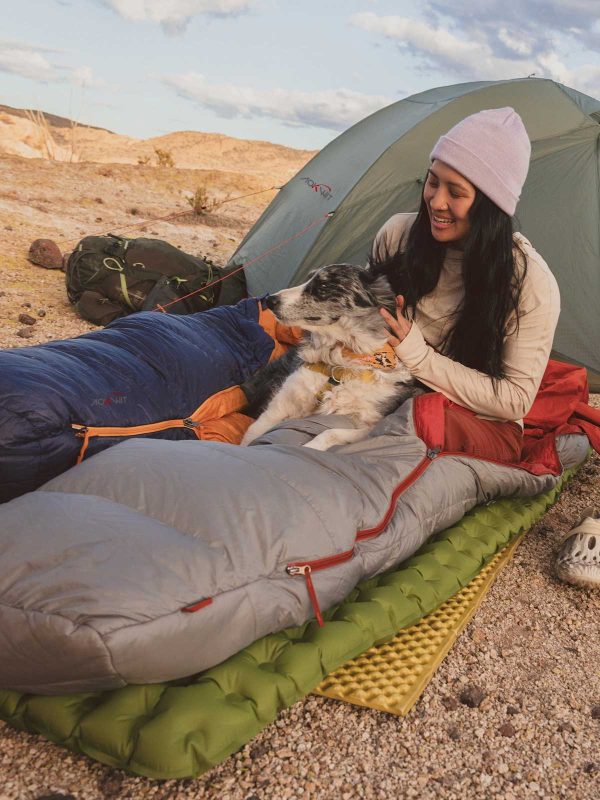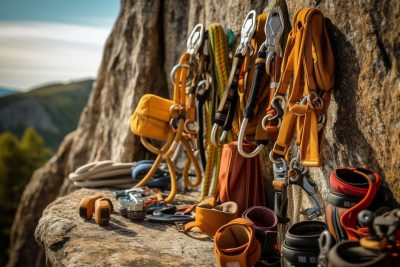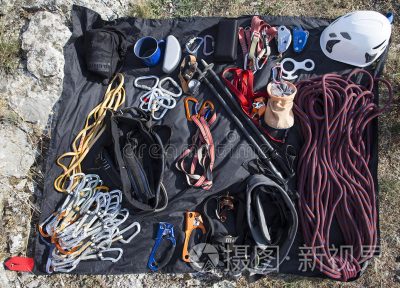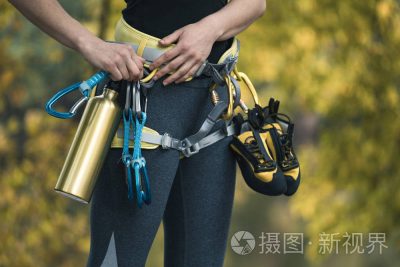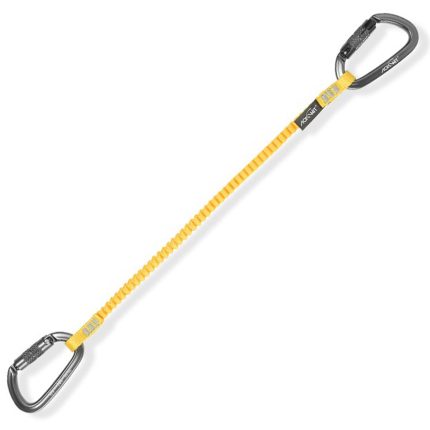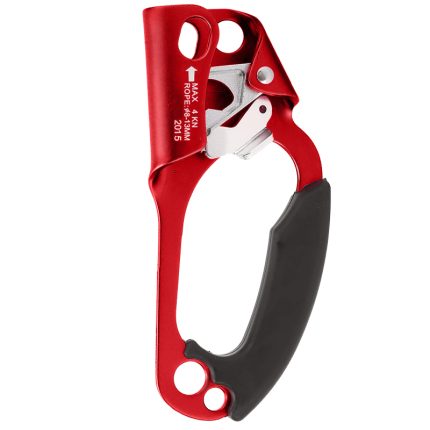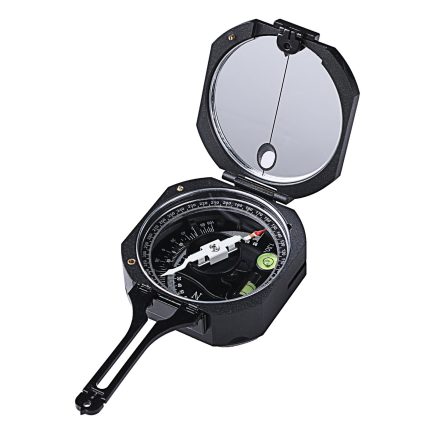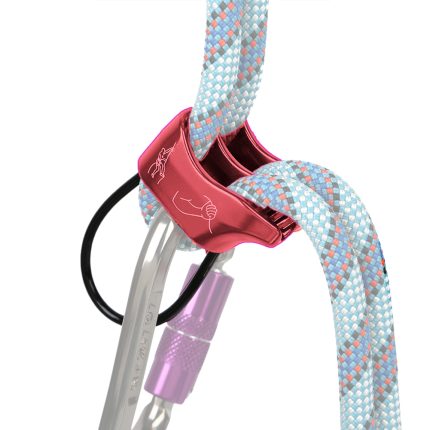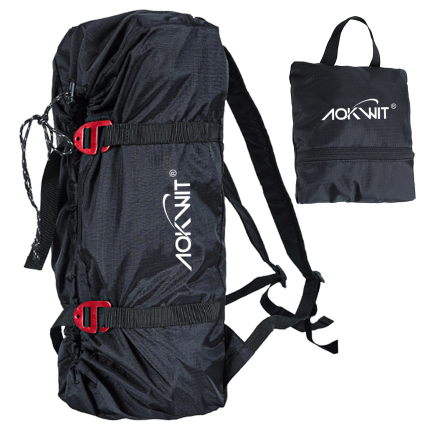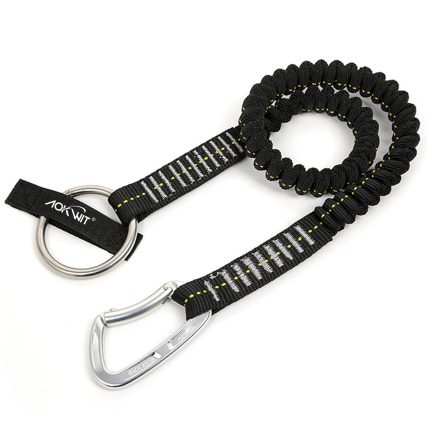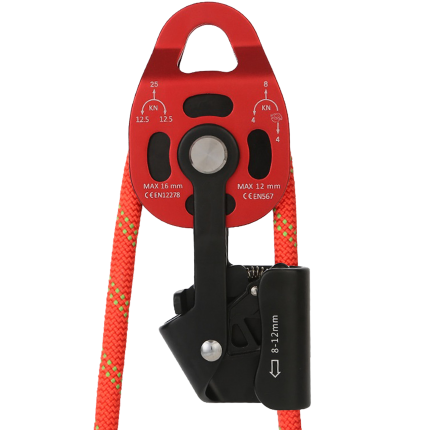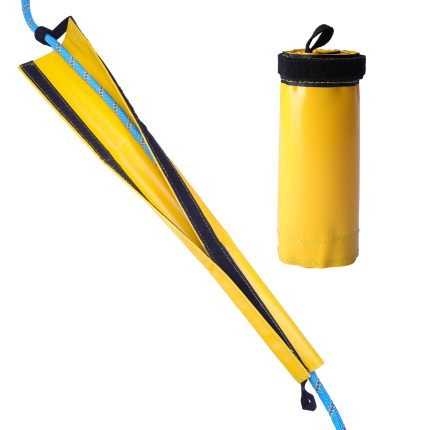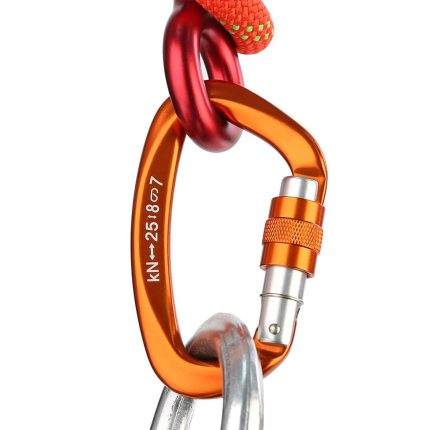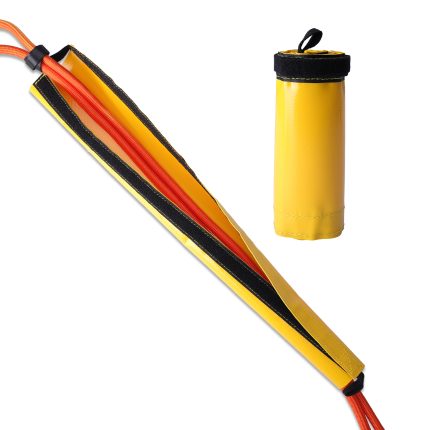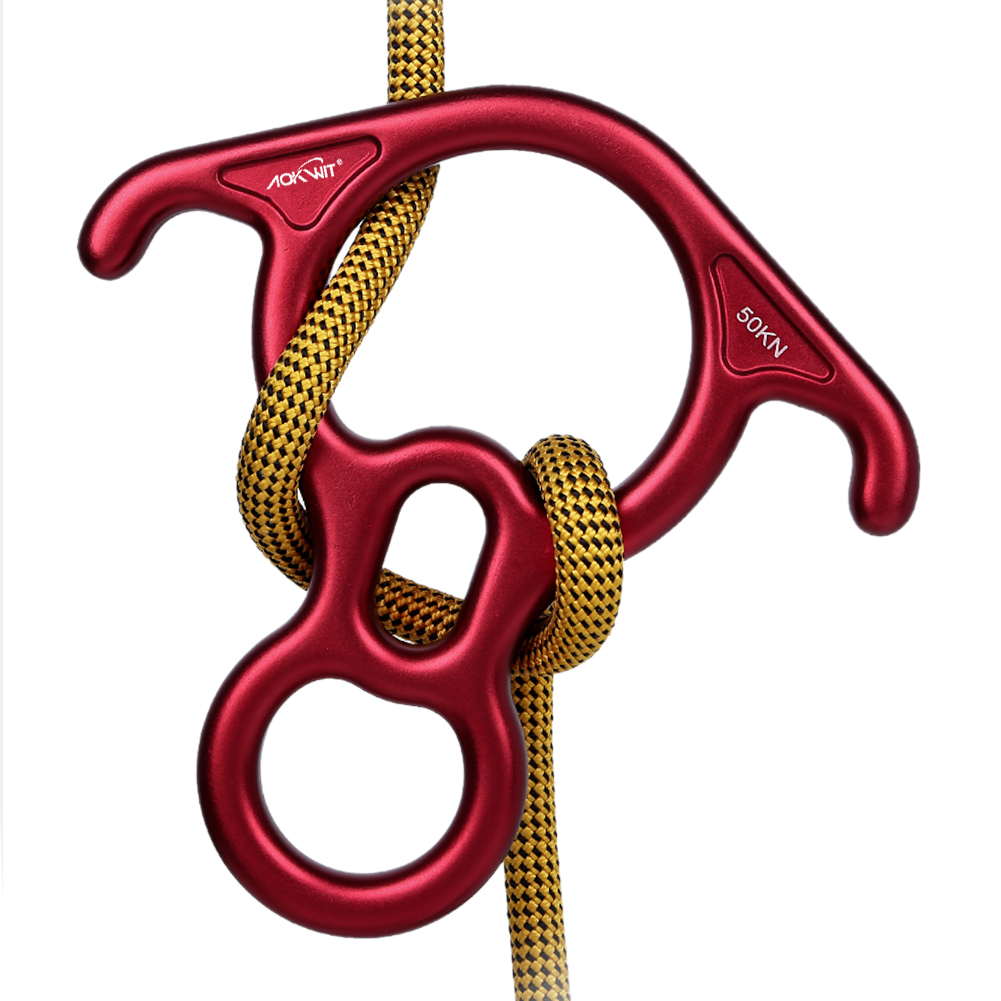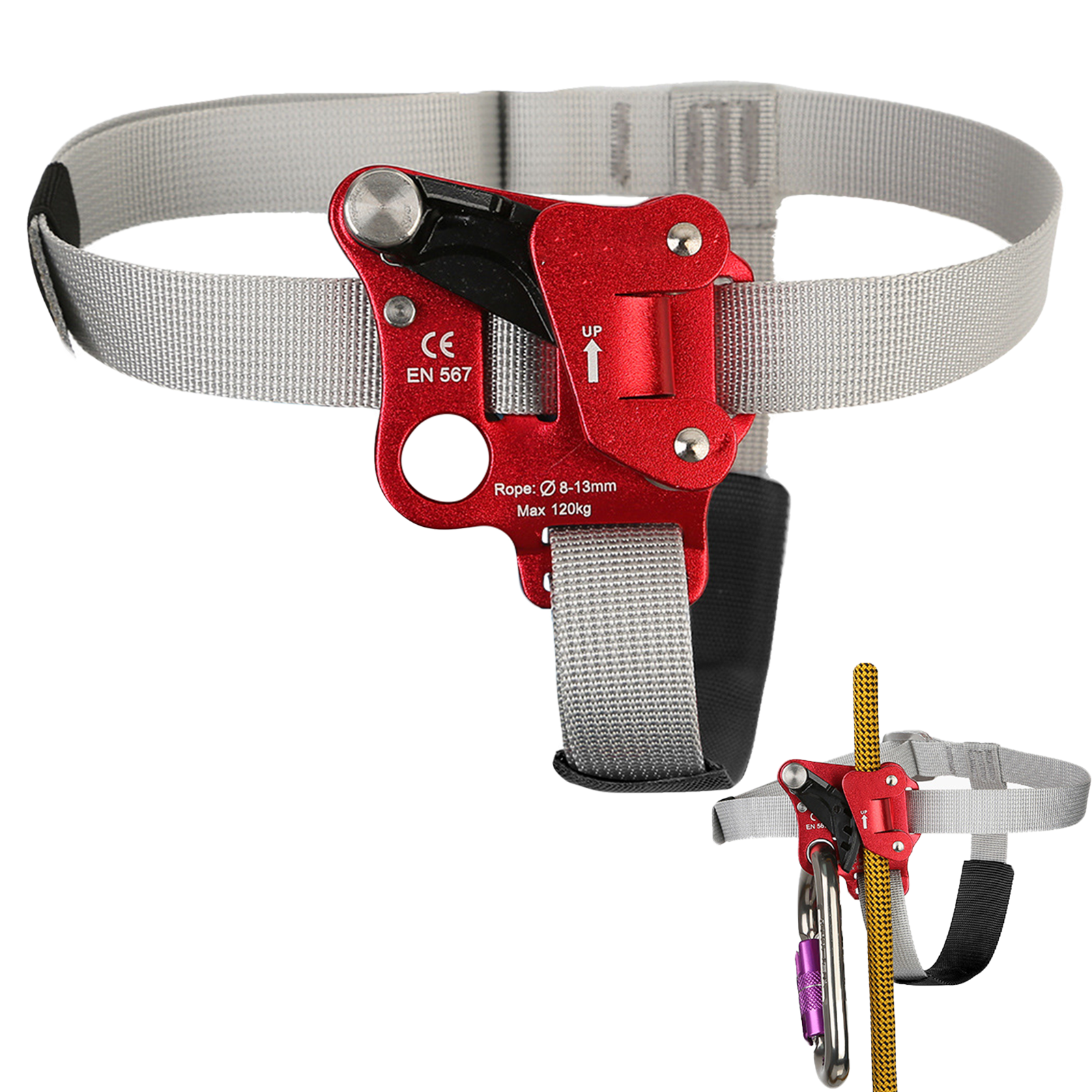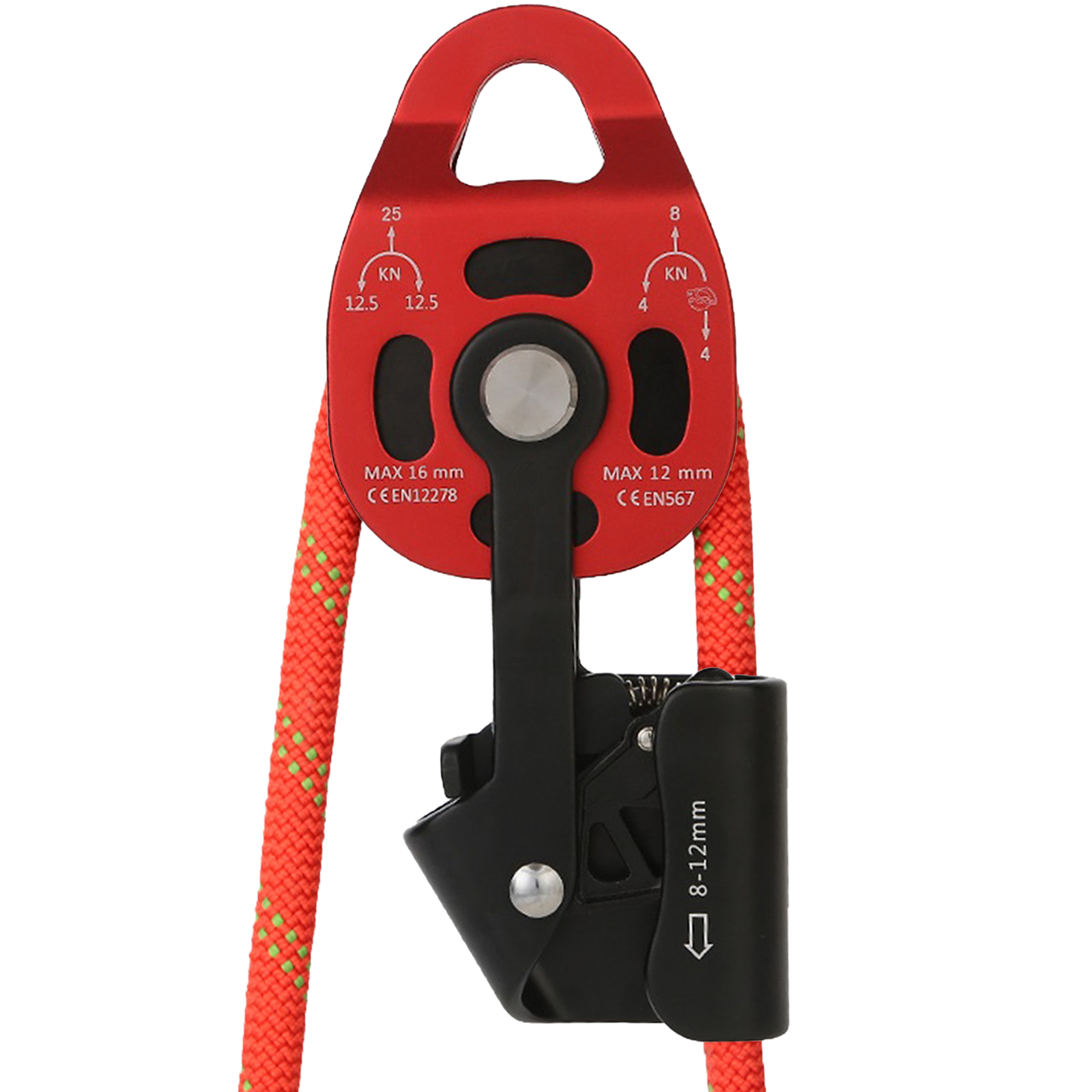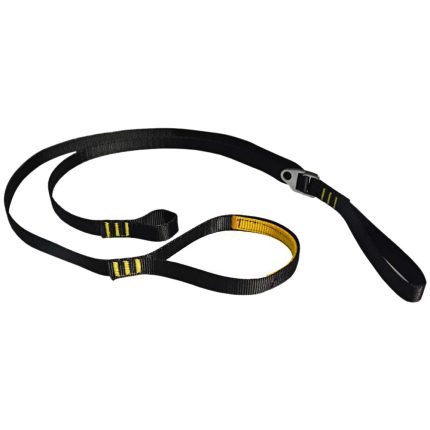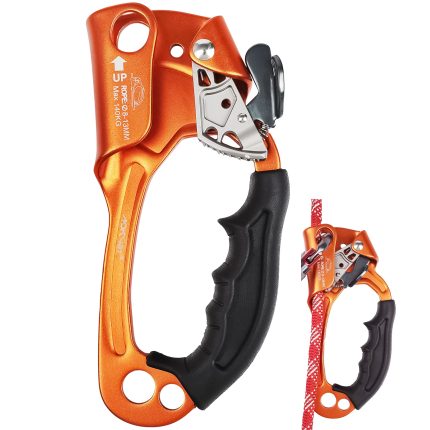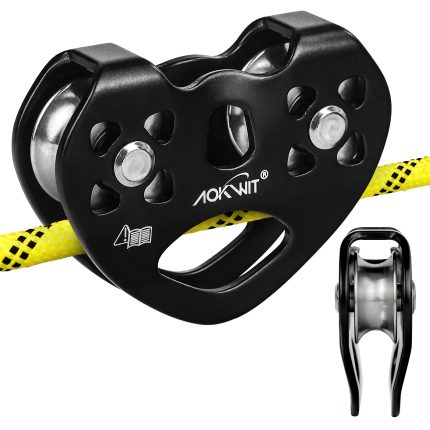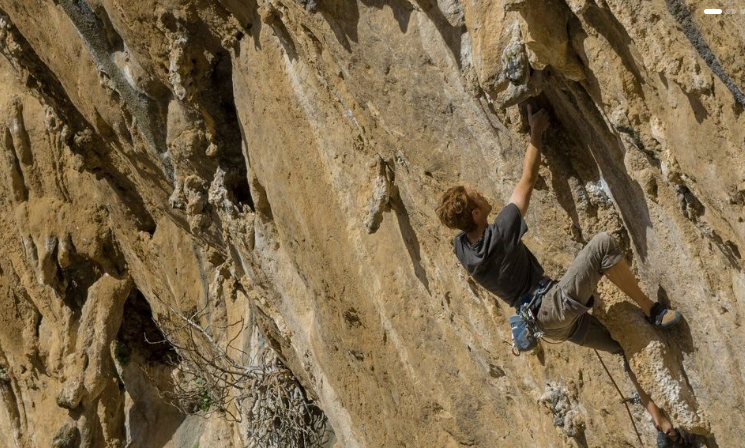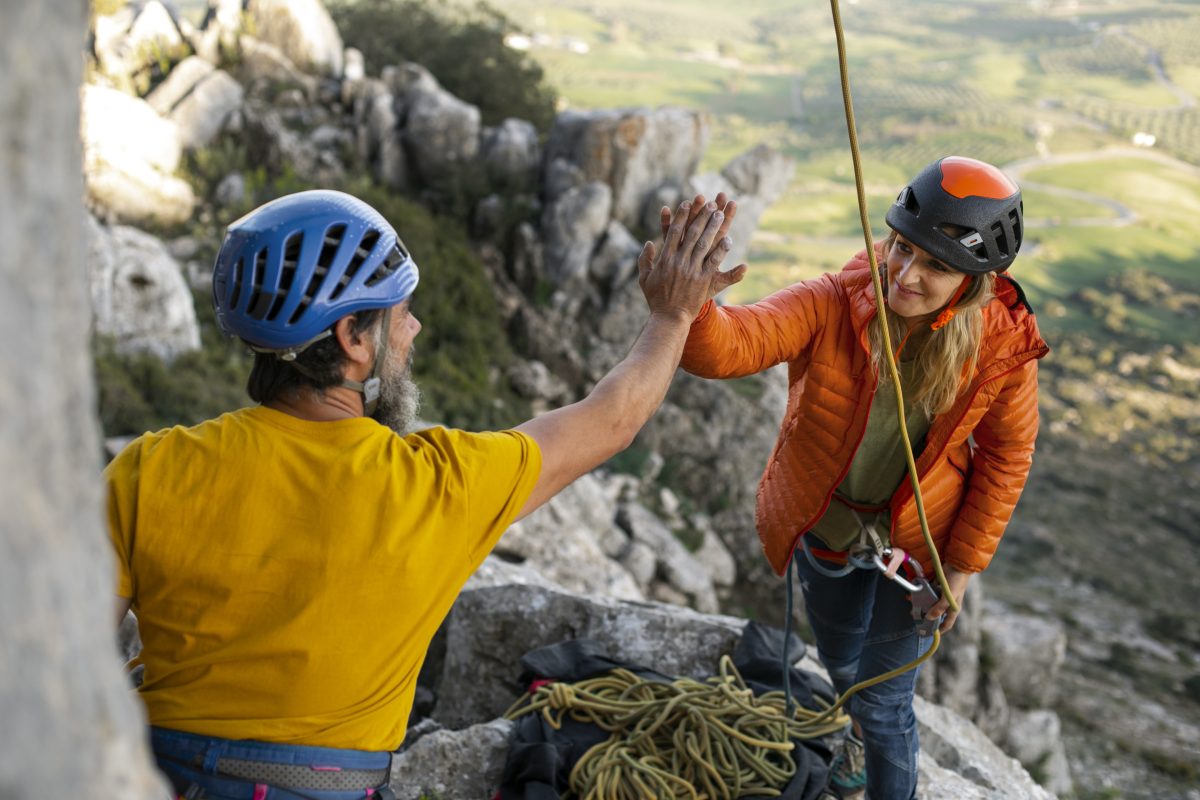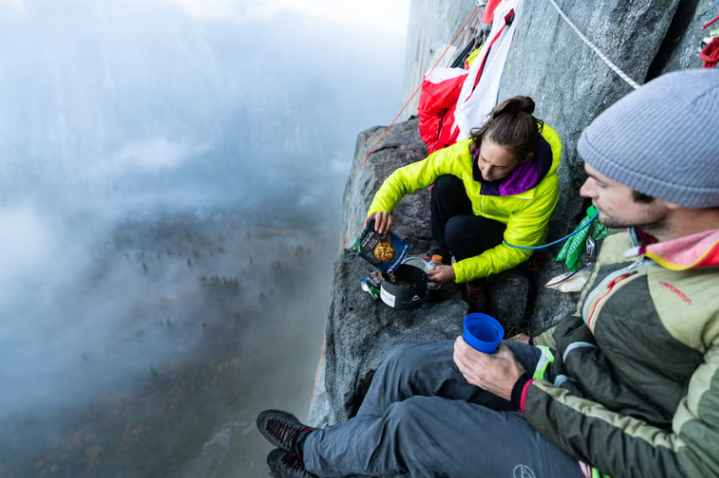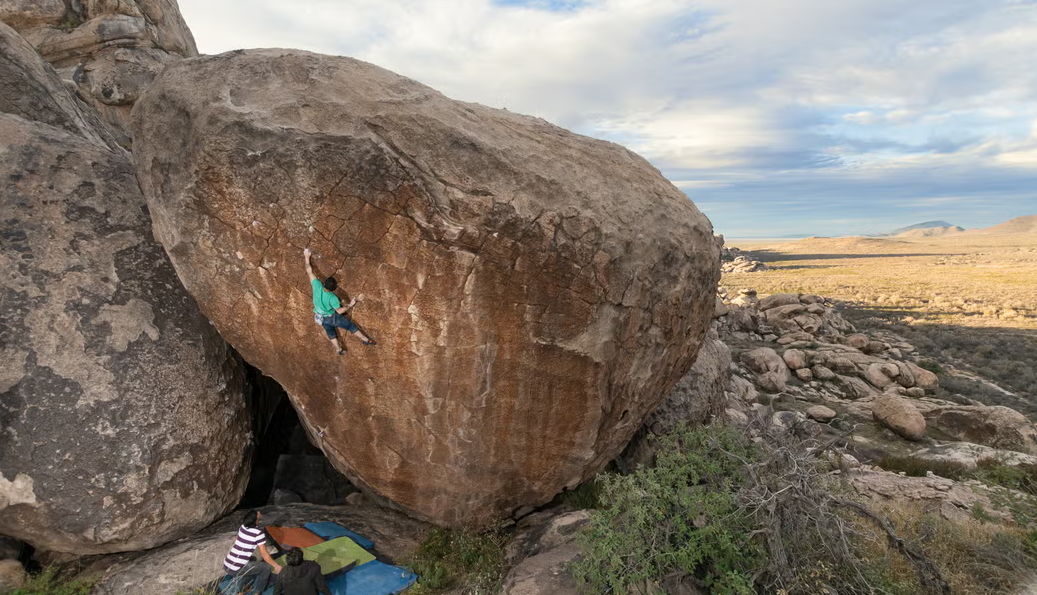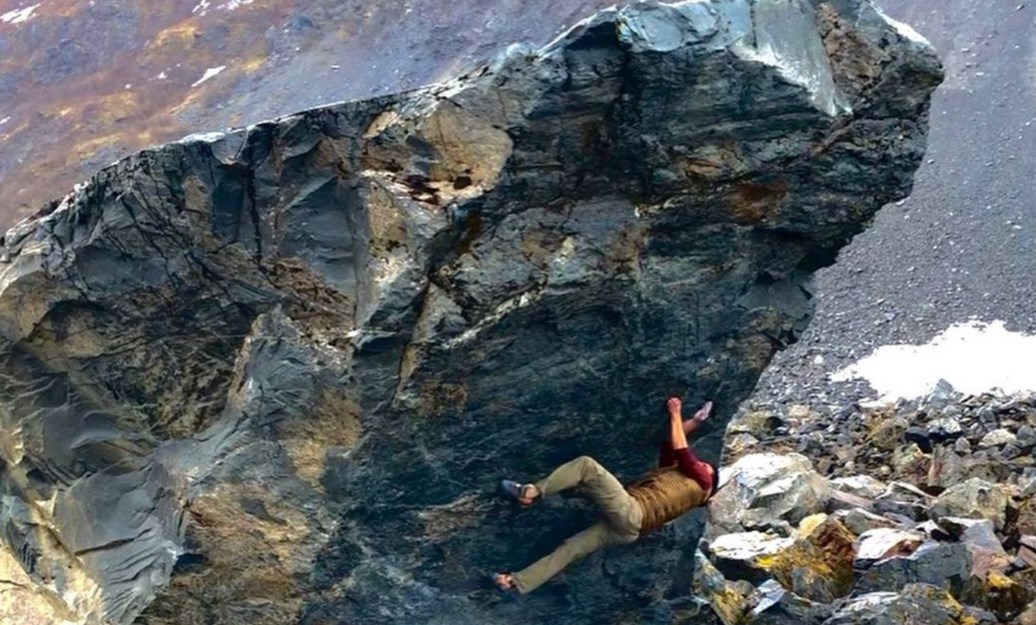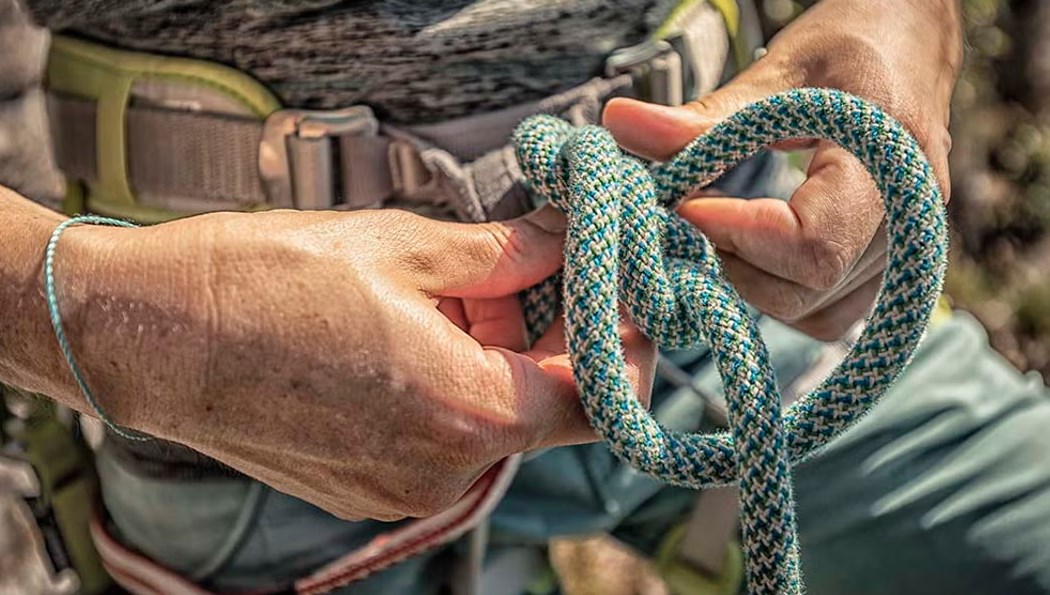Techniques for Dyno in Climbing
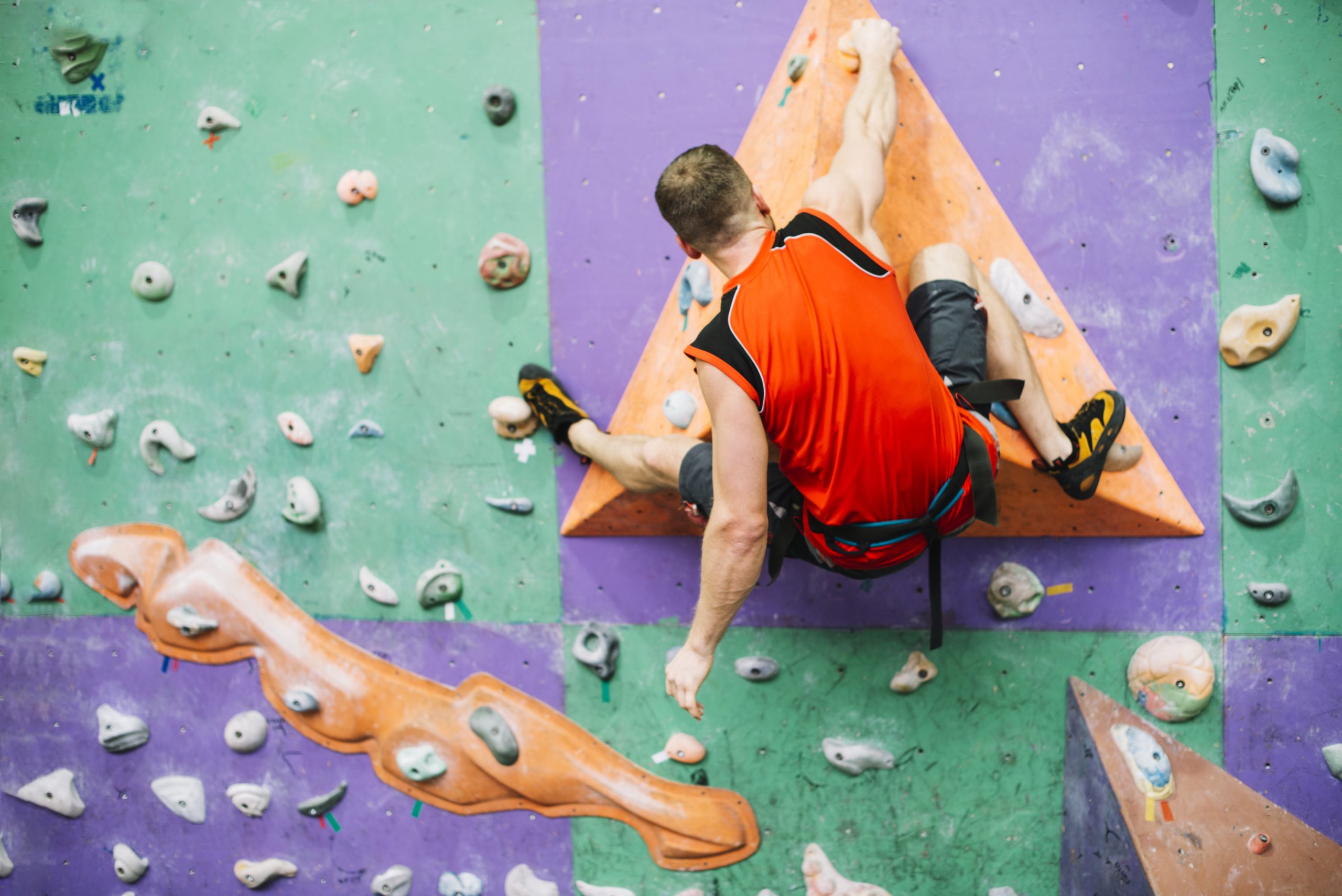
In rock climbing, a Dyno refers to an explosive jumping technique that involves executing dynamic movements through sudden bursts of power, emphasizing the integration of strength, precision, and timing control. It requires climbers to leverage instantaneous explosive force to leave their current hold and adjust their body posture mid-air to grasp a distant target hold, making it a high-difficulty climbing maneuver.
Completing a Dyno demands a rapid launch with no other handholds for assistance. The inherent uncertainties in this process often lead most climbers to avoid such moves—especially when they are close to finishing a route.
Dynos involve numerous critical factors: speed, accuracy, and mastering the moment of contact. These elements can induce hesitation and timidity precisely when confidence is most essential.
Yet, some climbers seem to move with rubber-like elasticity, effortlessly bouncing to complete seemingly impossible dynamic climbs. Here’s how they achieve this:
1. Drive with Legs, Steer with Hands
Avoid relying solely on arm pulling. The true driving force of a big Dyno originates from your powerful leg muscles. Lower your body to generate maximum momentum, then use your hands to augment this force and guide your trajectory. Aim to synchronize the thrust from your legs with the pull from your hands into a single explosive motion.
2. Visualize the Target Twice Before Jumping
Your brain requires two distinct reference points to coordinate dynamic movements. Fix your gaze on the target hold, lower your body, quickly refocus on the target, and then execute the Dyno instantaneously. This double visual confirmation enhances spatial awareness and movement precision.
3. Trust Your Kinesthetic Intuition
As Bruce Lee once said: “Don’t think—feel!” To master a challenging Dyno, you must rely on your innate kinesthetic sense rather than overanalytical thinking. Avoid excessive mental dissection of the movement or fixating rigidly on the target. Eliminate doubts and prevent indecision by trusting your body’s intuitive coordination.
4. Move Along a Curved Trajectory
A common mistake in Dynos is overemphasizing vertical motion, causing climbers to jump too high off the rock. This stems from conceptualizing the movement as a straight line. Instead, imagine an arc between your body and the target hold, and direct your center of gravity along this curved path. This approach optimizes both distance and accuracy.
5. Minimize Excessive Preliminary Motions
While a quick feint may help prepare for a large movement, avoid repeating too many “false” preparatory moves. Excessive pre-Dyno adjustments fatigue your muscles and grant unnecessary time for overthinking, which undermines focus and power.
6. Know Your Target Holds Intimately
To commit fully, familiarize yourself with the target holds during training: observe their positions, touch their textures, and understand their grip dynamics. Knowing exactly where and how to grab them allows you to lower your body with confidence and launch toward them decisively.
7. Prioritize Speed and Explosive Power
A successful Dyno hinges on velocity. Many climbers fail to move quickly enough, either due to poor force coordination or underdeveloped fast-twitch muscle fibers. Improve muscular efficiency through exercises like campus-board training, footless bouldering, and strength workouts focused on repetition speed rather than maximal weight. Regular practice of dynamic movements is essential for honing this skill.
8. Embrace Dynamism in Climbing
Even when static holds are accessible, practice jumping to large handholds. Most climbers over-rely on static techniques, wasting energy on balancing or locking off small holds when a dynamic move would be more efficient. Regular dynamic training reveals that Dynos are not just last-resort maneuvers but often the most effective way to navigate routes.
By integrating these techniques—focusing on leg-driven power, visual precision, intuitive movement, and explosive speed—climbers can transform Dynos from intimidating challenges into controlled, efficient tools for mastering difficult routes.
